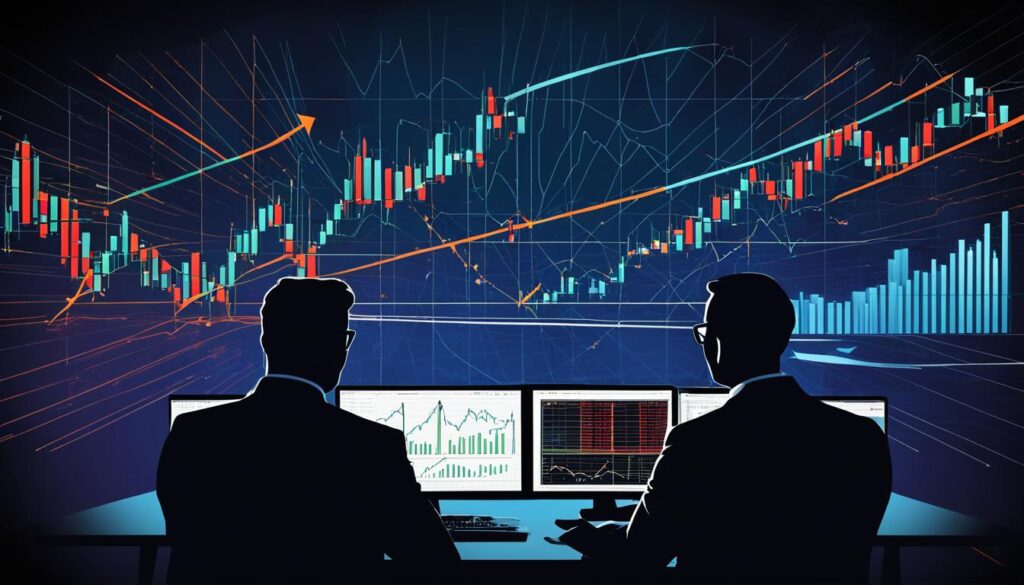
Futures trading is a dynamic financial activity where traders commit to buying or selling an asset at a predetermined price at a future date. While market analysis, timing, and strategy are important, a deep understanding of contract value and contract size can truly empower futures traders to make more informed decisions. These two concepts form the foundation of risk management, capital allocation, and trade planning in the futures market.
What is Contract Value in Futures Trading
The contract value in futures trading represents the total worth of a futures contract based on the current price of the underlying asset. It is calculated by multiplying the asset’s market price by the contract size. For example, if a futures contract specifies that each unit represents a certain quantity of the underlying asset, the price multiplied by that quantity gives you the total value of the contract.
Understanding contract value helps traders gauge the scale of their trades and manage their exposure to the market. It also helps in determining margin requirements and potential gains or losses. A trader who knows the exact value of their contract can make decisions that align with their capital and risk tolerance.
The Role of Contract Size in Futures Trading
Contract size is the standardized quantity of the underlying asset specified in a futures contract. It tells you exactly how much of the asset you are agreeing to buy or sell at the contract’s expiration. Contract sizes are predetermined by the exchange and vary depending on the asset class.
For traders, knowing the contract size is essential because it directly impacts both the contract value and the level of exposure in the market. A larger contract size increases both the potential profit and the potential loss from price movements. On the other hand, smaller contract sizes can offer more flexibility and lower capital requirements, making them suitable for traders who wish to take smaller positions.
How Contract Value Empowers Futures Trading Decisions
Understanding contract value empowers futures traders by allowing them to better assess their market exposure. Without knowing the value of the contracts they are trading, traders could unknowingly take on positions that are too large for their capital base.
By calculating and monitoring contract values, traders can:
-
Set appropriate position sizes that align with their account balance and risk tolerance
-
Better estimate the potential financial impact of price movements
-
Plan entry and exit strategies with more precision
In essence, contract value acts as a measuring tool that gives traders a clearer picture of what is at stake in any given trade.
The Connection Between Contract Size and Risk Management
Contract size is one of the first details a trader should consider when planning a trade. It defines the scale of their market exposure, and therefore it directly influences the level of risk. For example, even if two traders enter the same market, the one trading a contract with a larger size will experience greater fluctuations in profit and loss compared to someone with a smaller contract size.
This means contract size is not just a technical detail—it is a powerful factor in risk management. Traders who carefully select contract sizes that suit their strategies and capital levels are better positioned to handle market volatility.
Building a Trading Plan with Contract Value and Contract Size
A successful futures trading plan often begins with determining the right contract size and calculating the contract value. These steps help traders establish a foundation for trade execution. By considering both elements together, traders can:
-
Set precise stop-loss and take-profit levels
-
Decide how many contracts to trade at once
-
Balance their portfolio by managing total exposure across multiple trades
Without this understanding, traders risk overleveraging or underutilizing their capital.
Practical Benefits for Futures Traders
When futures traders understand contract value and contract size, they gain several advantages:
-
Better capital allocation: They can distribute their funds across trades in a balanced way.
-
Clearer risk assessment: They can measure how much market movement will impact their account.
-
More strategic scaling: They can increase or reduce positions systematically rather than randomly.
In futures trading, small miscalculations can lead to large consequences. These two concepts help minimize that risk.
The Psychological Advantage of Knowing Your Numbers
Trading is not just about charts and indicators—it’s also about confidence and discipline. When traders know the exact contract value they are dealing with and how the contract size influences it, they trade with more certainty. This reduces emotional decision-making, such as exiting too early due to fear or holding on too long due to greed.
By grounding their trades in clear numerical understanding, traders can focus on strategy rather than reacting impulsively to market swings.
Long-Term Growth Through Knowledge of Contract Value and Size
For traders aiming for long-term success in futures trading, developing a strong understanding of contract value and contract size is essential. These are not advanced concepts reserved for professionals—they are fundamental principles that benefit every trader, regardless of experience level. Over time, consistently applying this knowledge can help traders refine their strategies, manage risks better, and increase their overall profitability.
Conclusion
Futures trading offers vast opportunities, but it also carries significant risks. One of the most effective ways to navigate this environment is by mastering the concepts of value and contract size. Understanding these factors empowers futures traders to make calculated decisions, manage risk effectively, and build a sustainable trading career. Whether you are new to the market or have years of experience, consistently applying these principles can strengthen your approach and help you trade with greater confidence and precision.



